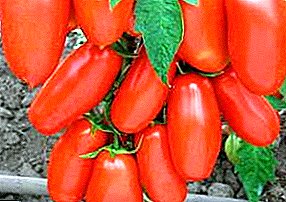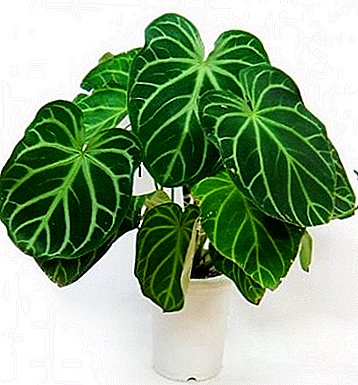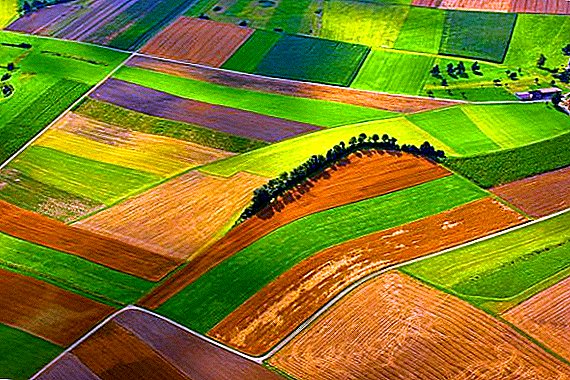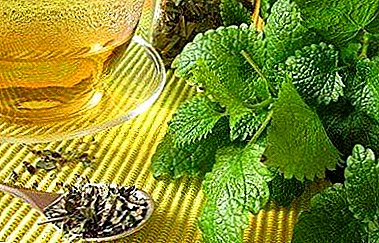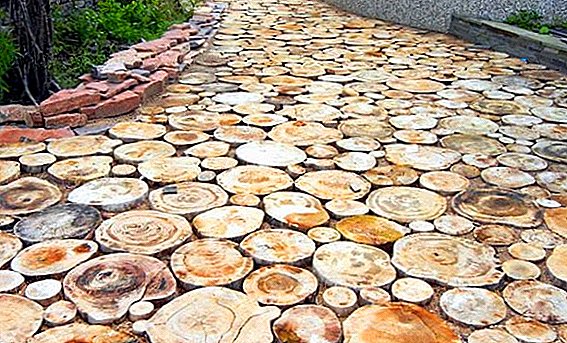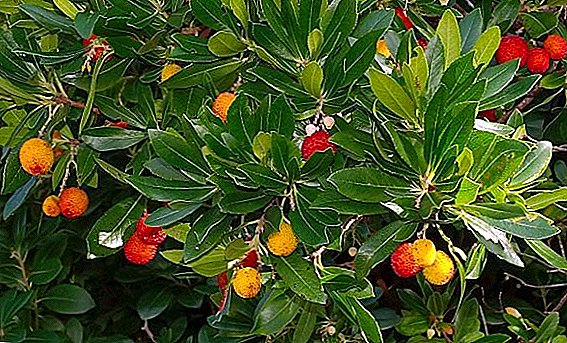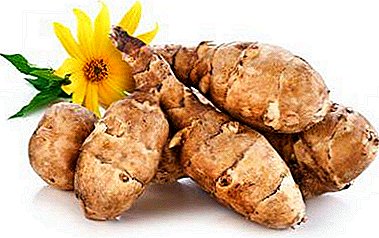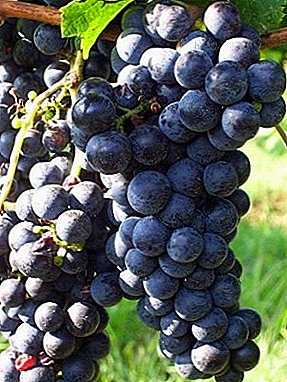
Merlot grapes are among the most sought-after and popular in winemaking. Today it is distributed throughout the world. Cultivated in countries with a suitable climate: at home - in France, in neighboring Italy and Spain, in Portugal.
From the climatic zones of Russia, where they tried to plant the Merlot variety, it grows best in the Krasnodar Territory.
In Ukraine, in the Odessa region, and in Moldova every year a rich harvest of this variety is gathered. From other countries where Merlot is especially popular, it is necessary to name Croatia and Montenegro, the Mediterranean coast of Algeria, as well as the USA (California) and Chile. The grapes "Merlot" belong to the Western European varieties.
Merlot grapes: variety description
“Merlot” is a technical grape variety, that is, it is used to make various wines. It can be eaten fresh, but it cannot be attributed to table varieties: the skin is considered too dense, the characteristic taste is not liked by everyone, and in some people it causes dry lips and palate.
Among the technical varieties worth noting also Levokumsky, Bianka and August.
Title Merlot can be translated as a diminutive of the French word "Merle" - “blackbird”.Probably, the grape got its name because the color and hue of the berries are very similar to the color of the plumage or the eyes of this common bird. Another version is because the blackbirds are very fond of grapes of this variety and prefer it to everyone else.
The berries are round in shape, dark blue or almost black, very juicy, gathered in a rather large cluster. Ripened berries are covered with a light grayish-silver coating, often having a lilac shade. Juice is colorless.
The same dark berries have Athos, Moldova and Delight Black.
 In the berry from one to three seeds (seed).
In the berry from one to three seeds (seed).
The shape of the cluster is conical or cylindro-conical, the density is average. Large clusters often have a side branch - the wing. Cluster average length and weight - 15-17 cm and 120-150 grams respectively.
The leaves are complex, beautiful five-lobed form, with a semi-oval or tear-shaped notch near the cutting. The color is dark green, often with contrasting light streaks. The surface of the sheet is slightly rough, with a thick network of veins. In the autumn red spots appear on the yellowing leaves. The outer edge of the sheet consists of a series of small triangular teeth, sharp or rounded. The lower part of the leaves slightly pubescent.
A photo
On the photos below you can see the appearance of the Merlot grapes:





Origin
The homeland of this variety is Bordeaux vineyards with their excellent climatic conditions.
 On the basis of DNA research, it was established that the “parents” of the Merlot variety are Cabernet Franc grapes (fr. Cabernet franc) and Madeleine Noir de Charente (Fr. Magdeleine noire des Charentes).
On the basis of DNA research, it was established that the “parents” of the Merlot variety are Cabernet Franc grapes (fr. Cabernet franc) and Madeleine Noir de Charente (Fr. Magdeleine noire des Charentes).
Unlike the most famous “father”, the Cabernet Franc variety, the “mother” of the “Merlot” variety was discovered only in 1992. This was a kind of sensation: after all, the northern part of Brittany, where they discovered a black grape variety not yet known to science, was not considered a winemaking region. However, this grape was well known to the locals. It ripened early, by July 22, the day of Mary Magdalene, and received a name in honor of this saint.
Specifications
This variety exhibits medium frost resistance and is sensitive to lack of moisture. In dry years needs additional watering.
Additional watering is also loved in the Memory of Negrul, Romeo and Gordey.
 The variety "Merlot" growing season is:
The variety "Merlot" growing season is:
- for table wines - 152 days;
- for dessert wines - 164 days.
Average yield Merlot grapes are estimated at 47 centners / ha, maximum - in 57 kg / ha. The yield is considered to be high and stable, but the exact numbers are quite different when it comes to different regions.
Harvesting takes place in September or October, it very much depends on the climate of each growing region and on the weather in summer and autumn.
In order not to miss the moment when ripe berries are best suited for winemaking, it is customary to taste grapes from the first days of September. It is collected in stages, as ripening.
Diseases and control measures
Merlot grapes are rather resistant to mildew and rotting berries. Unfortunately, it is badly damaged by another known disease - oidium.
To prevent this fungal disease when planting grapes take into account the light and the prevailing wind direction. Rows are oriented so that all the bushes are equally well ventilated. Landing distances: 3.5 x 1.5 m or 4.0 x 2.0 m.
It is important to use shrubs that provide good lighting and ventilation of the entire plant. It is necessary to loosen the soil in time and not to abuse nitrogen mineral fertilizers.
Fighting oidium begins in early spring, before the buds bloom. Plants are sprayed with lime-sulfur decoction, can be a solution DNOC (both a concentration of 1-2%).
During the spring and summer, sulfur spray is applied. Such processing is necessarily carried out before the start of flowering grapes. In hot weather, spraying can be replaced by ground sulfur pollination (carried out in the morning or evening).
The effect of sulfur preparations lasts no more than 10-15 days, and after heavy rain it is desirable to repeat the treatment.
Sulfur preparations are finished applying 55-60 days before the planned harvest.
It does not hurt to take certain preventive measures against anthracnosis, chlorosis, bacteriosis and rubella, which are very common grape diseases.
findings
On the basis of the juice of the grape "Merlot" make many brands of table and dessert wines of high quality. Grapes "Merlot" is known for thinner skin than other black grape varieties, less high content depends on it. tannins. Wines from it ripen faster than others. They are distinguished by their rich color, unusual bouquet, rich structure and pleasant taste.
In the cooler years, Merlot ripens better than the “closest competitor” - the Cabernet Sauvignon variety, and in the warmer years it contains more sugar.
Merlot and Cabernet Sauvignon - two grape varieties, the most common and popular around the world. Everywhere, where the variety is grown "Merlot", from it get great red or rosé wines with a unique taste and aroma.
“Wine” varieties are traditionally considered to be Rkatsiteli, White Muscat, Chardonnay and Tempranillo.


